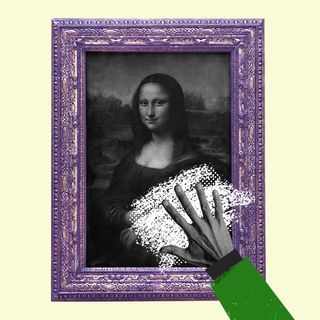In a bid to keep up with the times and make the country’s advertisement landscape more inclusive, India’s advertising council has updated its advertising code of conduct to prevent insensitive portrayals of gender identity and sexual orientation, physical and mental health conditions, body types, or even age in ads.
The self-regulatory body, Advertising Standards Council of India — or, ASCI, as its commonly known — had reportedly prevented ads from mocking people on the basis of race, caste, creed, gender, or nationality long back. But now, taking cognizance of new targets for discrimination and derision, it has updated Chapter 3.1(b) of the advertising code to include a broader range of harmful portrayals.
As Sharad Vadehra from the Global Advertising Lawyers Alliance explained, ads violating the code would be susceptible to being taken down — if the ASCI finds its content to indeed be in breach of the code. Through this update, the ASCI has, in short, allowed people access to proper legal channels to seek relief.
“We have seen consumers call out ads that mock or deride people, or portray them in unfavorable ways. And it is only right that advertising becomes more inclusive and sensitive to this. It is not acceptable for example, to associate characteristics such as sluggishness with a certain body shape. Similarly, to deride someone with a physical or mental ailment, or their gender identity would now violate the ASCI code,” Manisha Kapoor, CEO and secretary-general of the ASCI, said. “With this change, ASCI hopes to ensure that advertising becomes more inclusive and sensitized to all sections of our country, and does not perpetuate certain portrayals that have no place in a progressive society.”
Related on The Swaddle:
Indian Advertising Council Drafts Rules For Influencer Marketing on Social Media
To identify what is considered “offensive” by Indian consumers, the advertising watchdog had undertaken an analysis of 1,759 complaints against 488 ads made in the three-year period between 2019 and 2021. Published in January this year, the report titled, “What India Takes Offense To” observed six themes that offended the majority of complainants — pertaining primarily to mocking men and questioning “Indian culture and values.” According to the report, the depiction of “unpleasant” realities like menstruation was also offensive to many.
Thankfully, the ASCI had noted, then, that media doesn’t necessarily need to bend to people’s will, and while “some thoughts and depictions may seem jarring at first, not all of them are harmful. Indeed some could actually help establish more progressive and equitable narratives.”
The present embargo isn’t a divergence from that perspective. Unlike the ads that were deemed offensive in the report, mockery of individuals based on their gender, sexuality, health, and body type is actually harmful — by way of reinforcing unhealthy stereotypes. “Stereotypes are harmful because they are unfair presumptions and not based on facts. We should get to know people as individuals before we develop beliefs about what that person is like… People are complex and often stereotypes reduce us to just one small part of our complex identity,” notes an article by the anti-bullying program of The Diana Award.
“Depictions are welcome, we would want more diversity and inclusion in advertising, but we don’t want them to be disrespectful. The idea is to not make people look caricature-ish and put them in advertisements just to mock them,” Kapoor noted.




